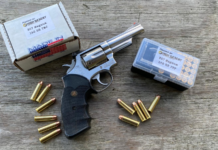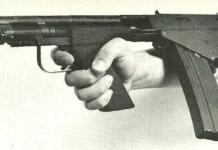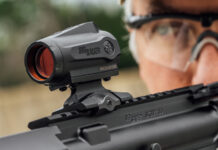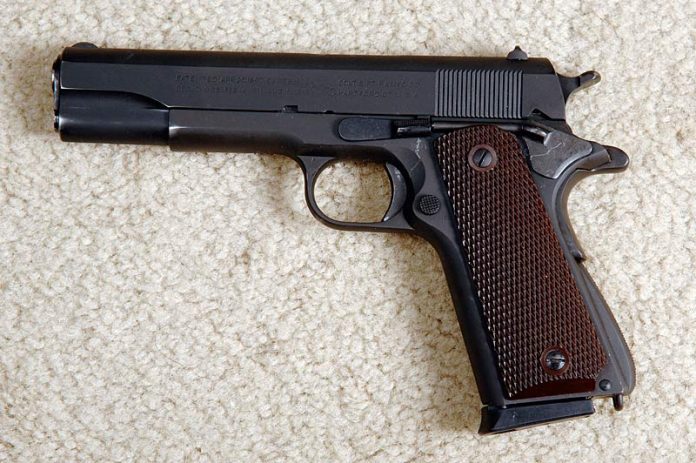
In our continuing series on reloading education Joel comes to us again with specifics for the classic warhorse, the M1911
What causes feeding problems in 1911s? Well, there are a number of them and some are more difficult to assess than others. For starters, case length can have a lot to do with it. Published trim-to lengths vary. Lyman lists it at .888 inch while in the Hodgdon, Sierra, and Hornady manuals it is .893 inch. Unfortunately, cases on new ammo can be even shorter. I have once-fired 45 ACP brass as short as .884 inch. Generally, cases between .888 inch and .898 inch will shoot consistently, all other things being equal. You will probably never experience cases longer than .898 inch for the simple reason that .898 inch is the maximum allowable and manufacturers won’t ever use cases that are already at the published maximum. And because pistol brass seldom elongates to the point of needing trimming, many experienced reloaders don’t even bother measuring case length for pistol brass any more. But case length is definitely worth checking if you’re having feeding problems. Too long isn’t the problem. Too short could be.
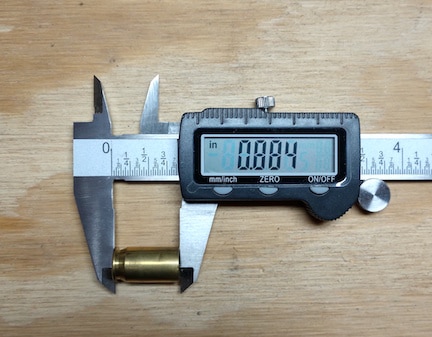
Another cause for 1911 feeding problems is the configuration of the bullet. Some 1911s will shoot virtually anything. Others are finicky. If you own one of the finicky ones, you’ll probably be more limited. Ball-type and RN bullet selections are an excellent starting point if you suspect bullet configuration could be causing your problems. If your gun won’t shoot certain bullet configurations with commercial ammo, don’t expect it to feed them just because you reloaded them. Your gun can’t tell the difference.
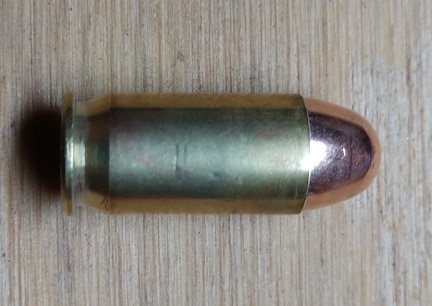
Another possible cause for 1911 feeding problems is C.O.L. The overall length of the completed cartridge can impact cycling and feeding. Some manuals suggest “tweaking” the C.O.L in the event feeding problems occur. I would strongly advise against that for the simple reason that there is a direct correlation between C.O.L. and pressures generated. And it doesn’t take much change in seating depth of a cartridge this short to change pressures significantly. Better to experiment with bullet configuration than seating depth. The C.O.L.s listed in the manuals are safe for each specific bullet and should be adhered to.

And finally, another possible cause for feeding problems in 1911s that is seldom considered is the springs in magazines, especially combining worn out springs with loads on the “hotter” side. Old springs simply lack the “oomph” to push the next round up fast enough.
The bottom line for the reloader? There are a number of things that can cause 45 ACP feeding problems. First and foremost, don’t vary C.O.L. That’s not a good idea under any circumstances. If your firearm doesn’t like a particular bullet, change bullets. If your cases are shorter than .888”, try cases between .888” and .898”. If your magazines are only a few years old, chances are you’ll find your solution in bullet selection or case length and not by replacing tired, worn-out springs. Flexibility is one of the primary reasons to reload – the ability to experiment with loads other than what is available commercially. Use it to your best advantage.
Want to know more about reloading that is not typically found in the manuals? You need to read, “Things They Don’t Tell You About Reloading.” As a certified reloading instructor who started in the late 60s, I wrote this book for that very reason – there simply wasn’t enough detail in the reloading manuals for a beginner to be able to safety begin this wonderful hobby.
Joel Guerin
Certified Metallic Cartridge Reloading Instructor

